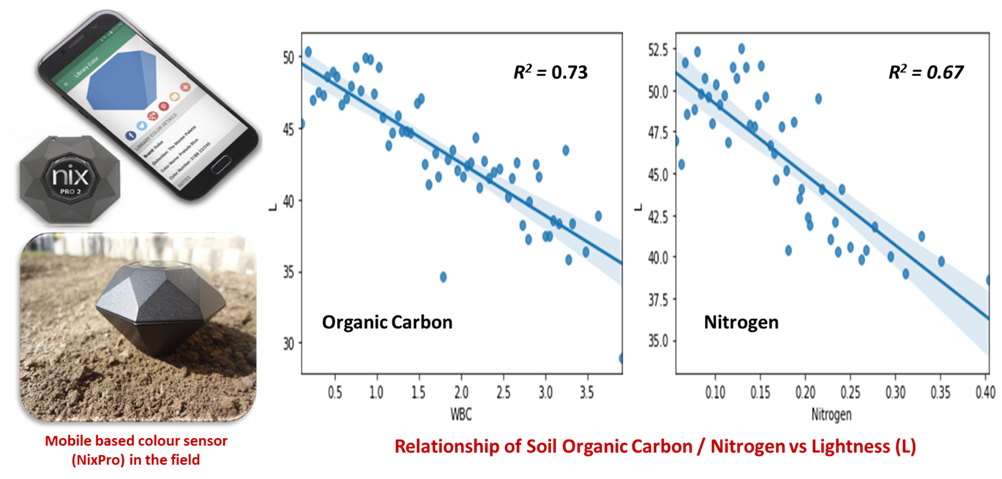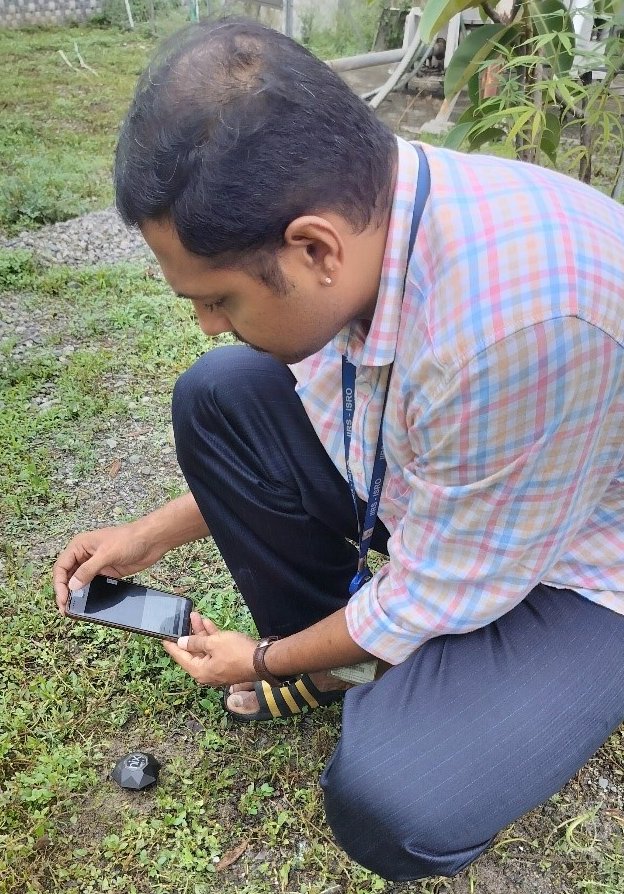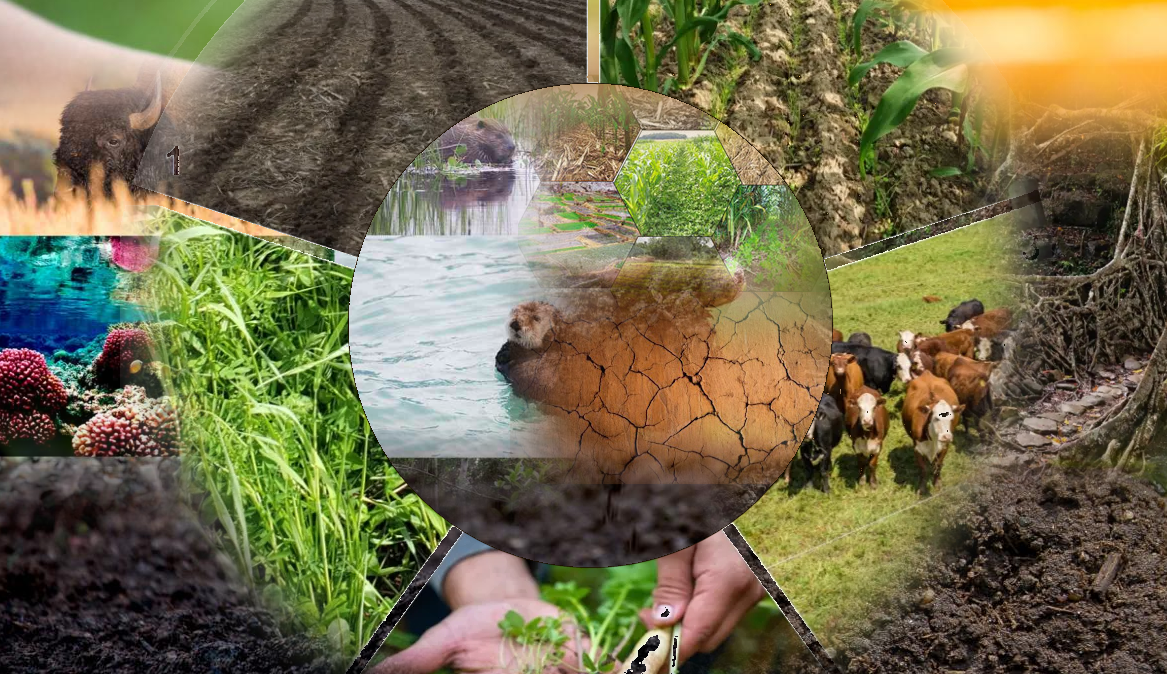Justin George K and Suresh Kumar
Proximal soil sensing involves using sensors placed close to or within the soil to measure its properties accurately and efficiently. Proximal sensing approaches employing various advanced sensors aid us in acquiring spatial as well as temporal soil data/information at reduced costs, in very short time period and with reduced chemical usage and less efforts. They also helps in real-time or near-real-time monitoring and data collection, thus enabling timely decisions for efficient resource utilization and management. These sensors mainly makes use of various electromagnetic radiations and their interaction with soils to assess various soil characteristics including different soil health parameters. For soil quality/health assessment, emphasis is mainly on its sustained ability to provide various services such as production of crops and other agricultural products, retention and filtration of water, recycling of nutrients etc. Soil health assessment mainly focusses on the estimation of various properties (physical, chemical or biological) referred as health indicators.
A plethora of proximal sensors are increasingly been used globally for soil properties estimation, nowadays. Some of the most widely employed proximal sensors for soil related studies include electromagnetic induction (EMI), ground-penetrating radar (GPR), Color sensors, handheld portable x-ray fluorescence (pXRF), pH and Electrical Conductivity (EC) Sensors, Time Domain Reflectometry (TDR) Sensors, Gamma Ray Soil Density Sensors, Infrared Thermometers etc. These sensors offer a non-invasive, cost-effective solution for sustainable farming, enhancing crop yield and reducing environmental impact.
An attempt was done for estimation of soil health parameters using colour measurement using a proximal sensing based color sensor. Quantitative estimation of soil colour was done using mobile-based colour sensor for Himalayan soils. Extensive data base of soil colour and other soil physico-chemical properties was prepared for nearly 2000 surface soil samples belonging to different textural classes from Himalayan region of Uttarakhand. The soil colour database was generated using different colour spaces while all other soil properties were analyzed in the laboratory. Further, 5 colour spaces were used for development of soil property prediction models using multiple linear regression technique. LAB colour space was found to be the most suitable for prediction of different soil properties. Two major soil quality parameters viz. soil organic carbon and total nitrogen could be predicted with considerable accuracy using the developed models, in medium and fine textured soils.

The CIELAB colour scale measures colour based on three values: L*, a*, and b*. L* represents lightness. The value ranges from 0 (black) to 100 (white). A* represents the red-green axis, with negative values representing green and positive values representing red.

Soil color based prediction models could help us in accurate estimation of various soil properties, majorly related to health assessment. Well-calibrated prediction models based on proximal sensing technology could aid us in rapid assessment of soil health for large number of samples in much reduced time. Future attempts should be aimed at development of soil colour based predictive relationship for different soil health parameters, under diverse soil types, geographical regions as well as land use types. These developed models could be helpful in our attempts for real time monitoring of soil nutrients at farmer’s field level, by developing mobile-based applications, incorporating the well-established soil property-color relationships.




